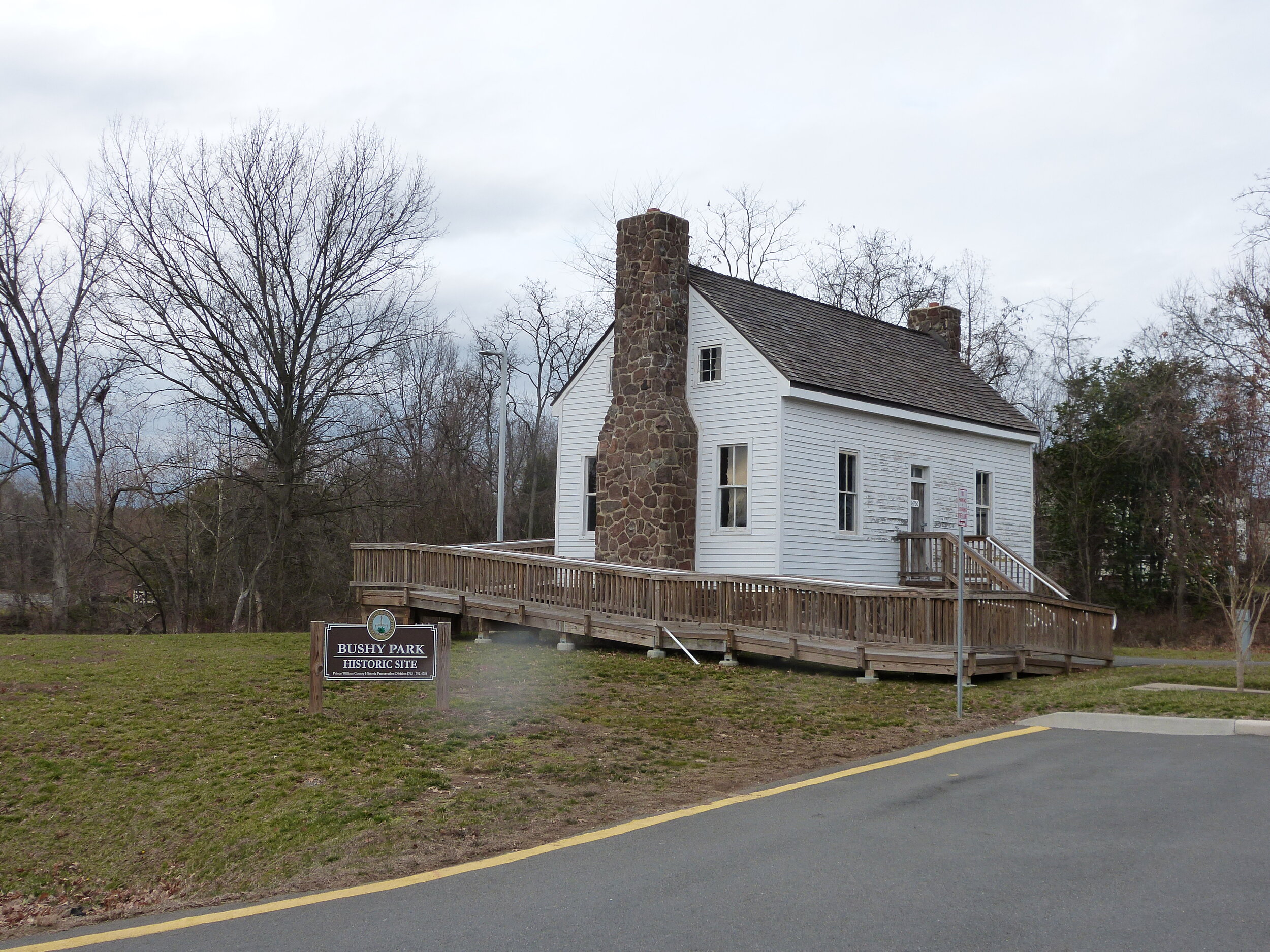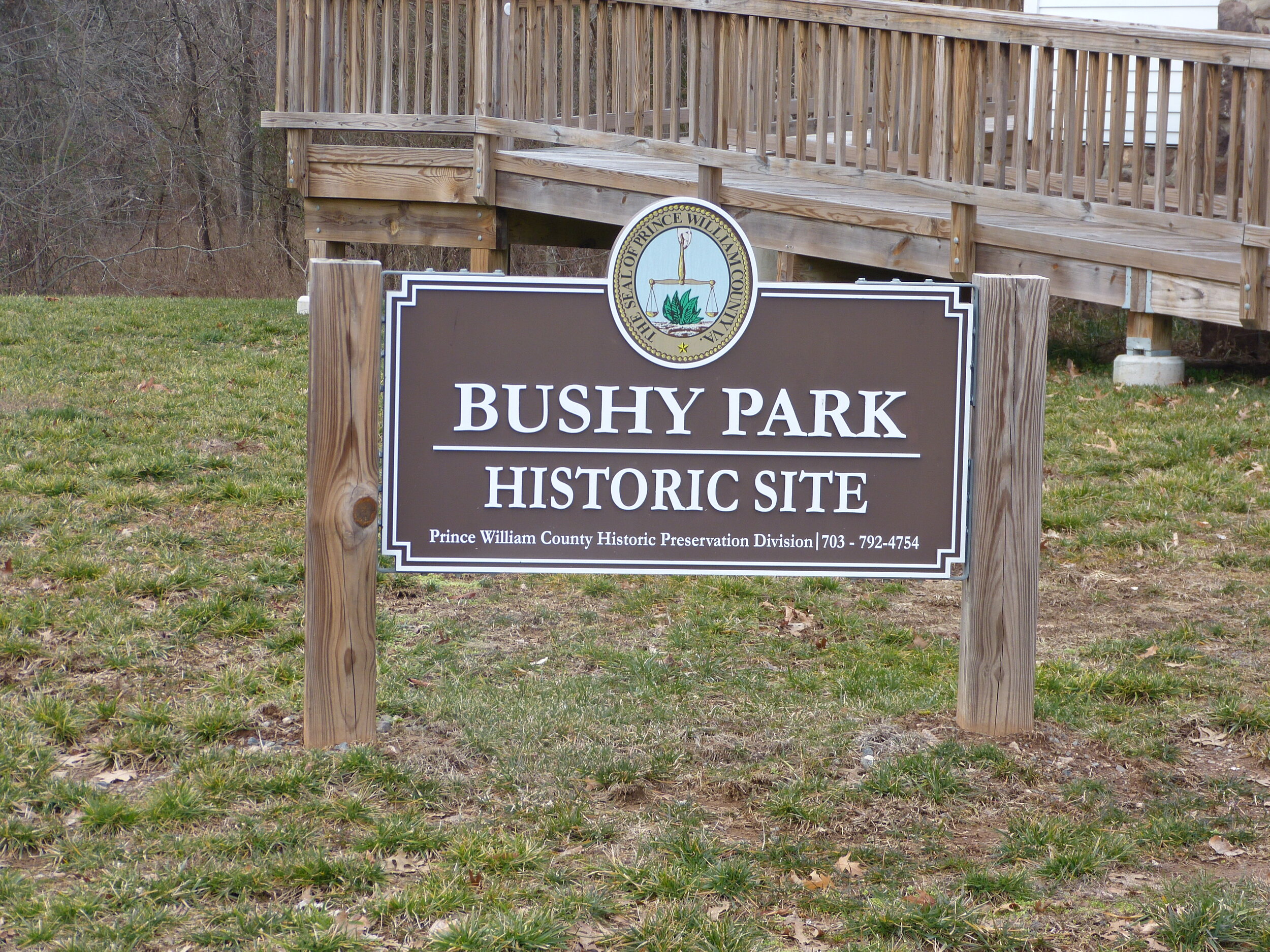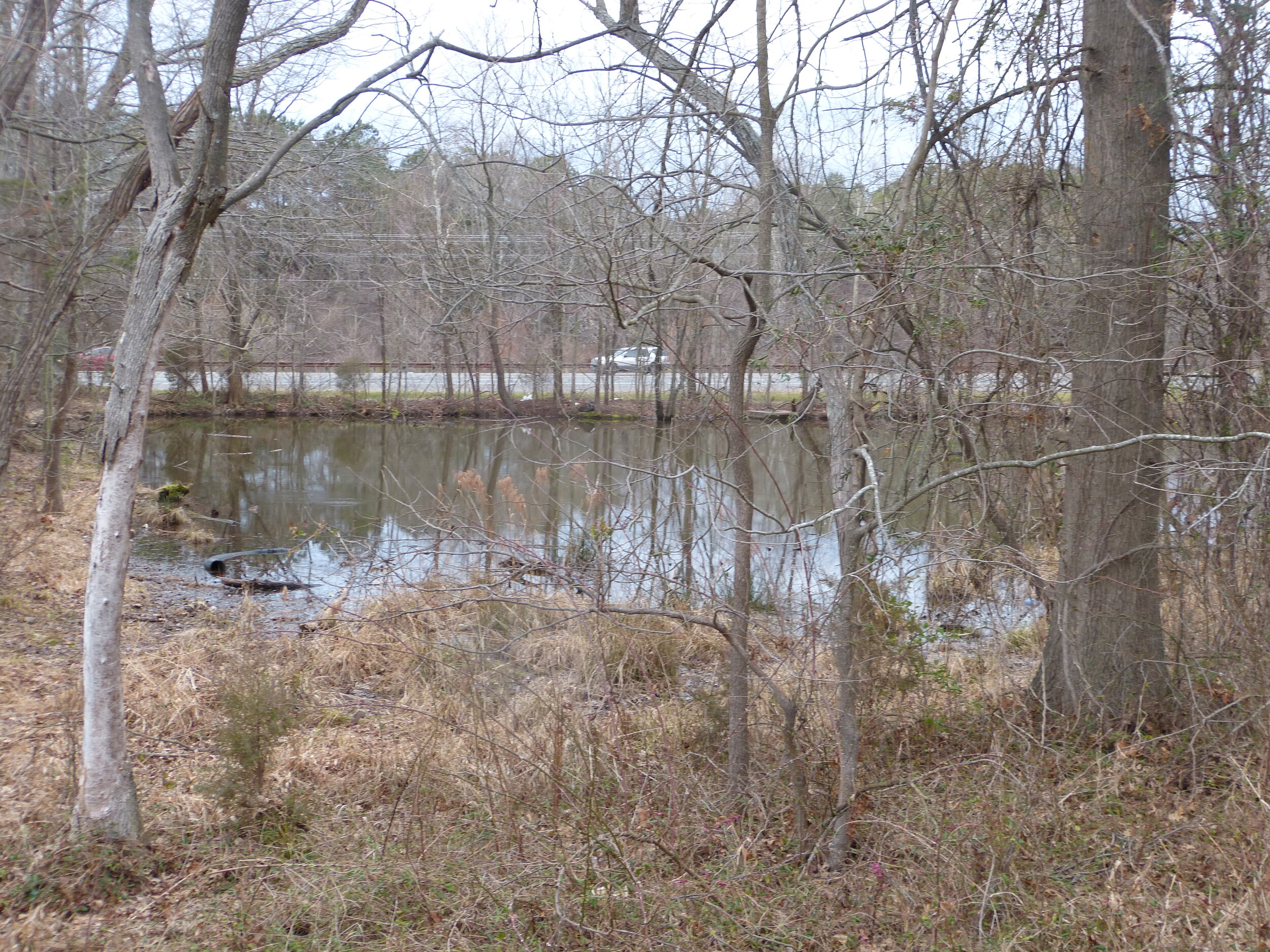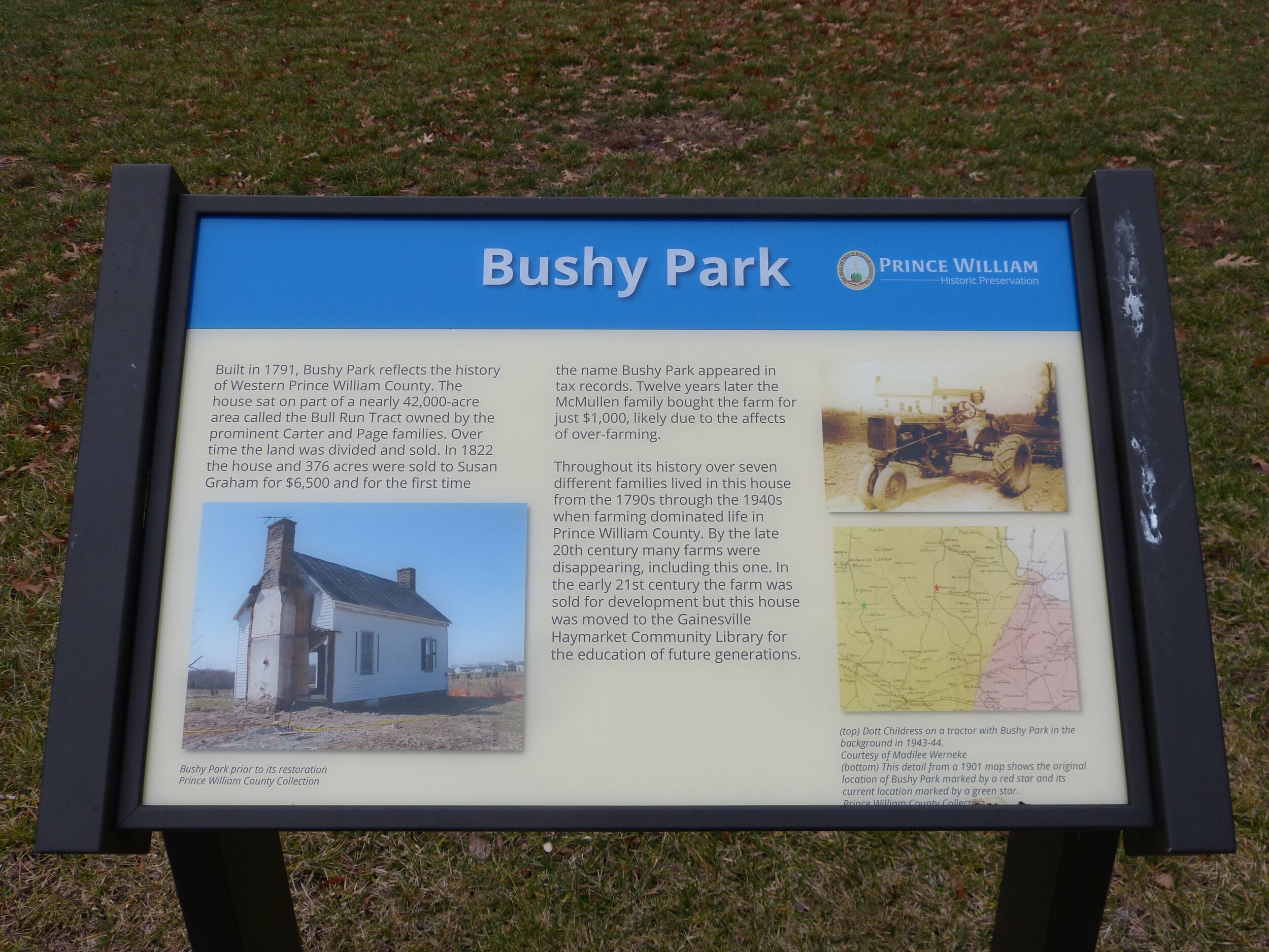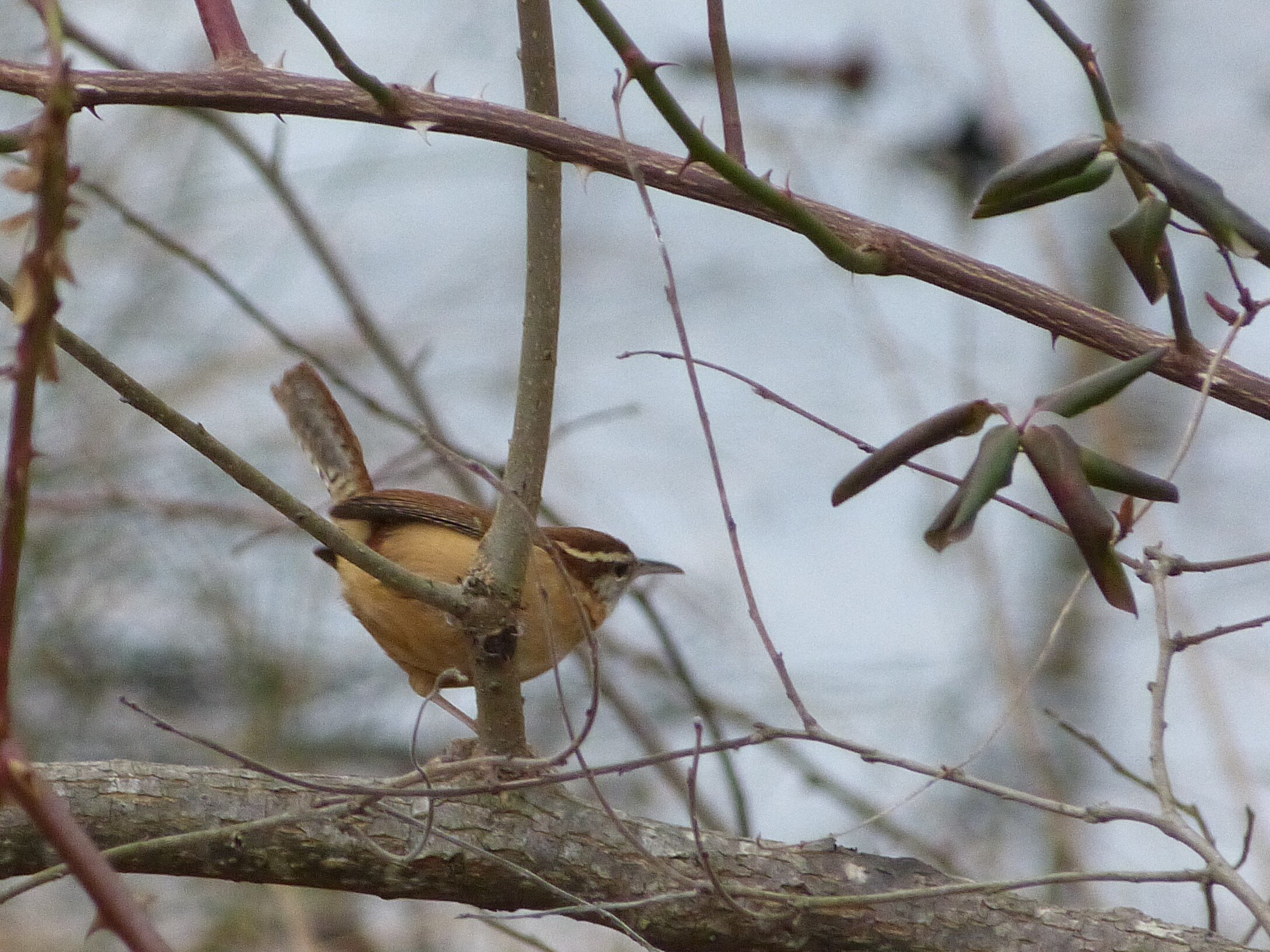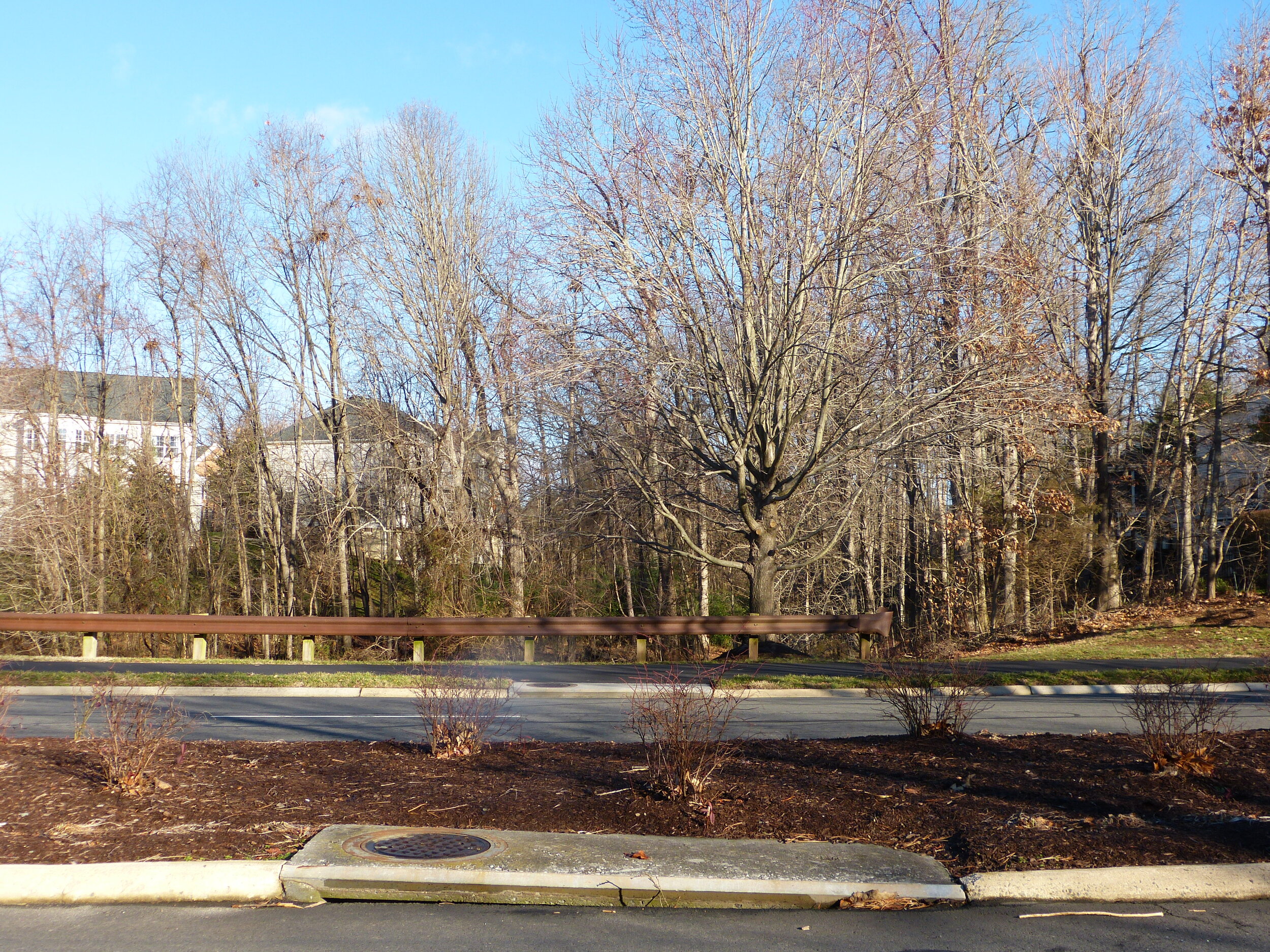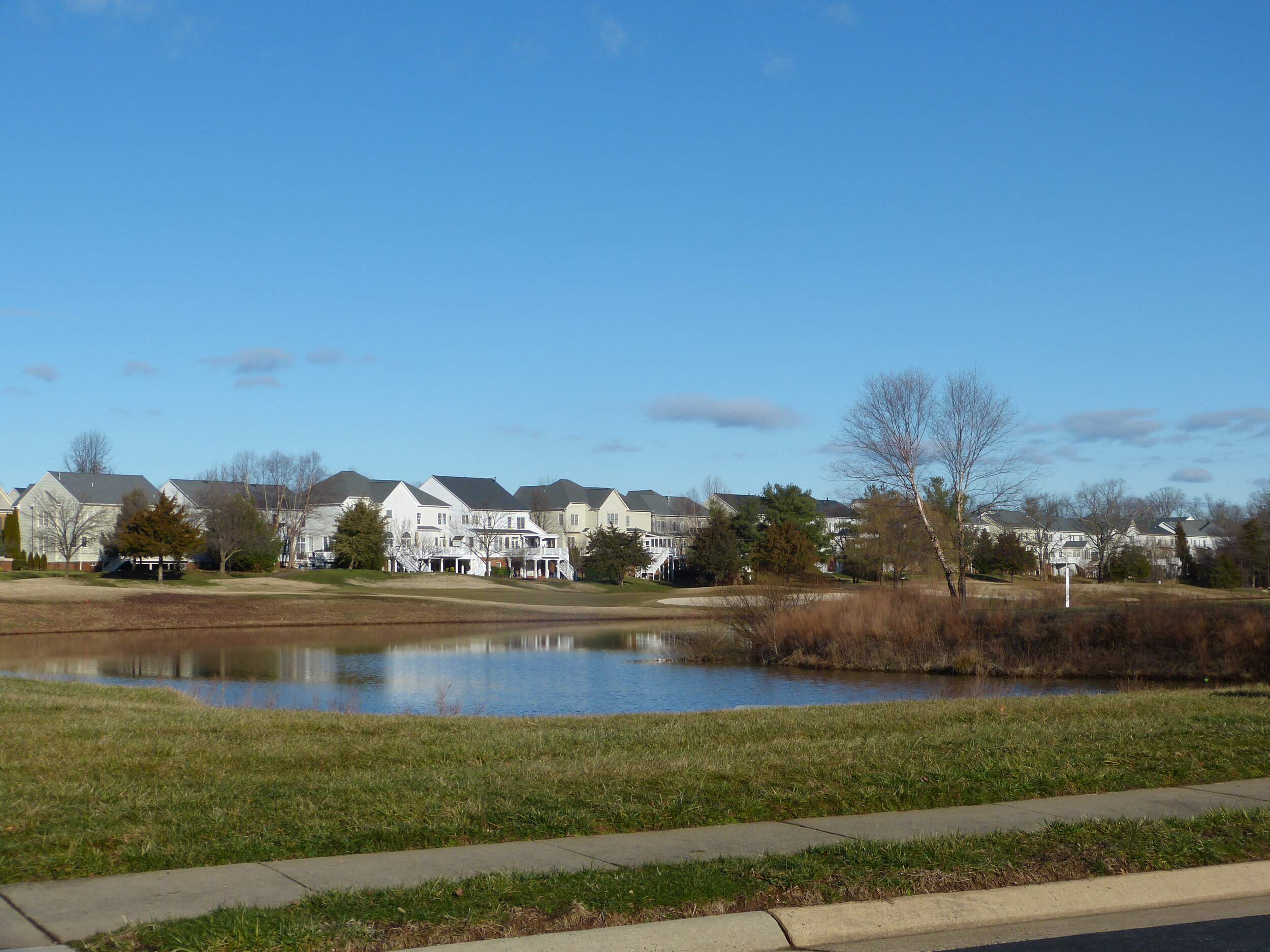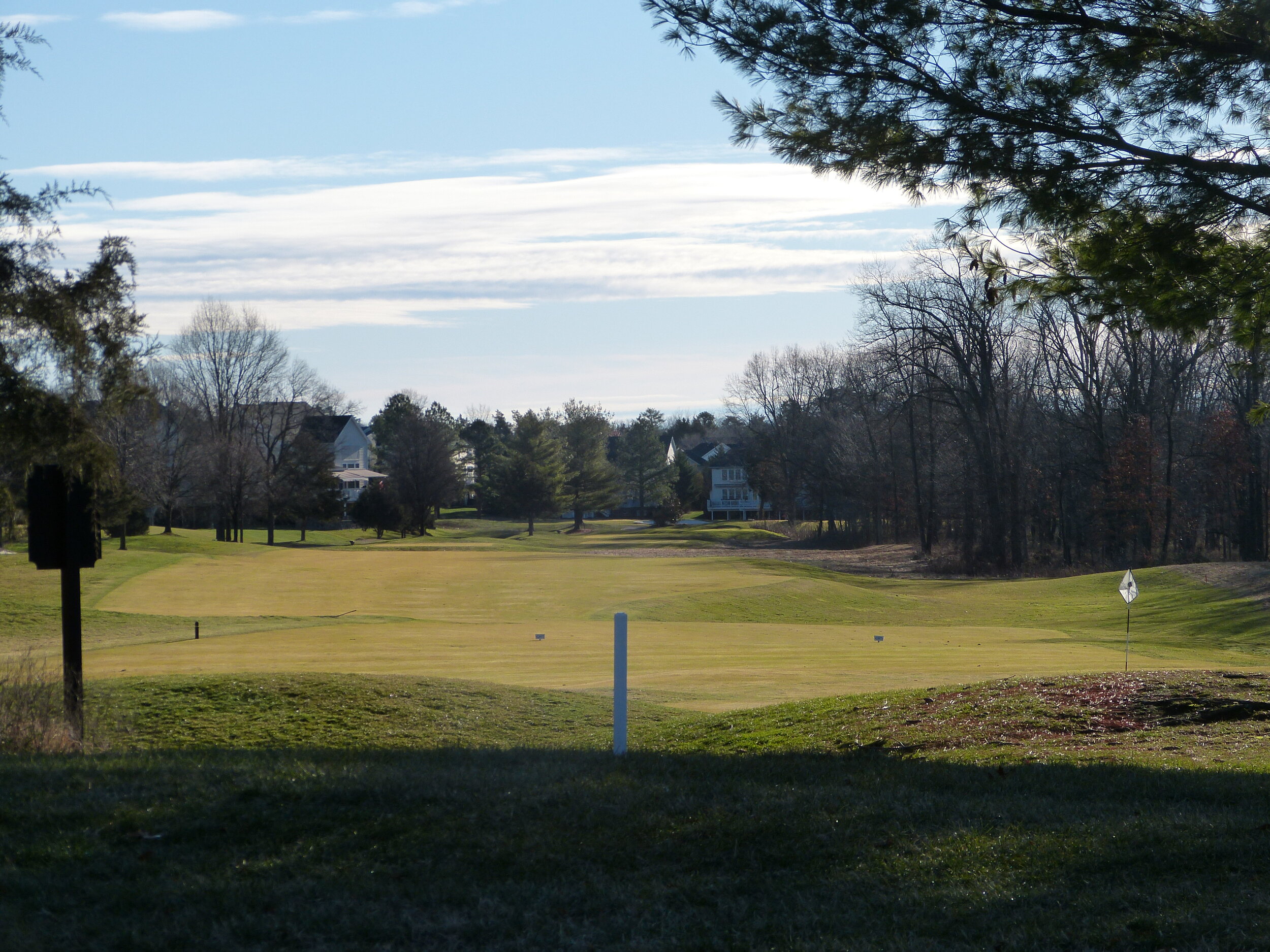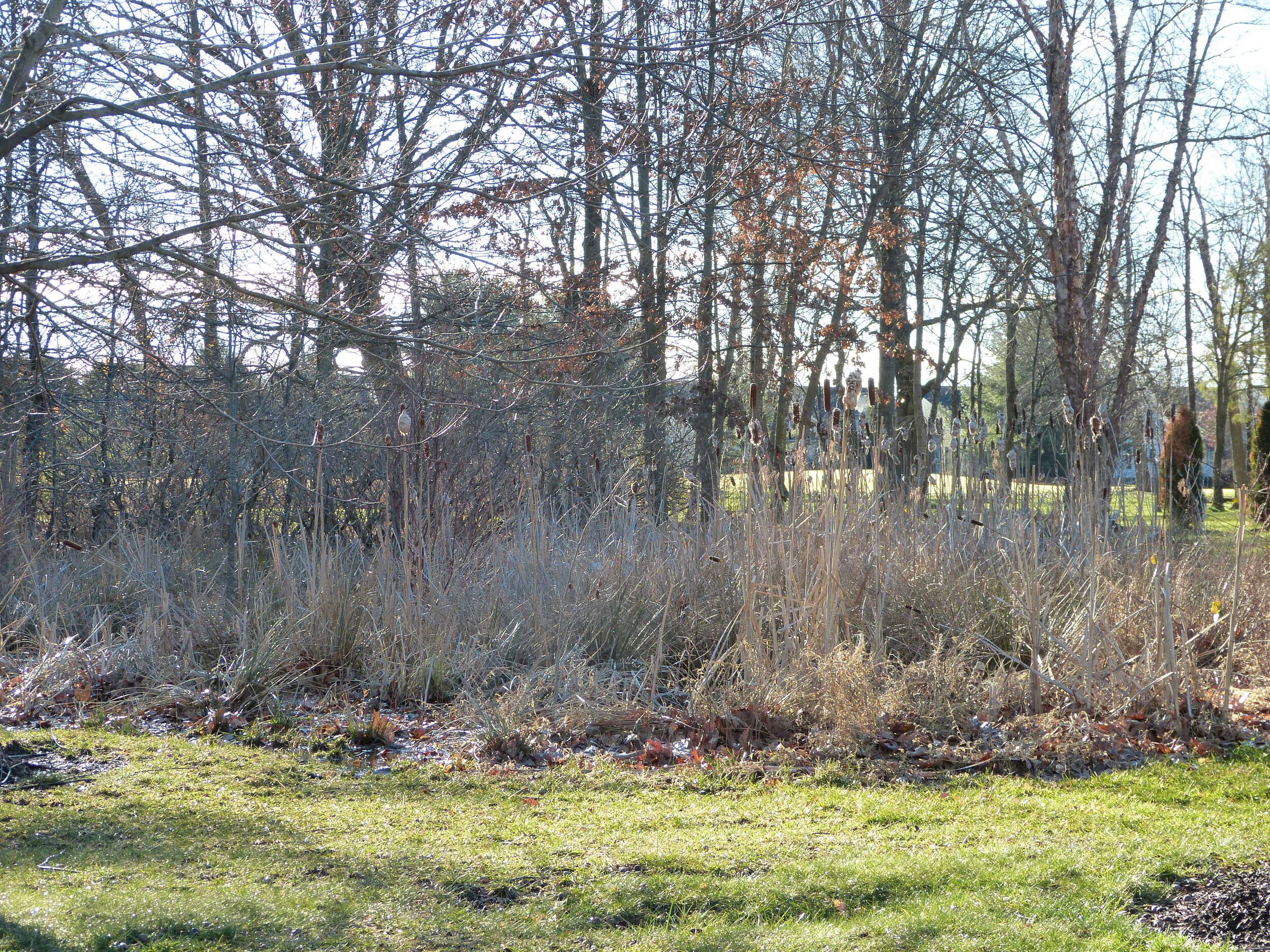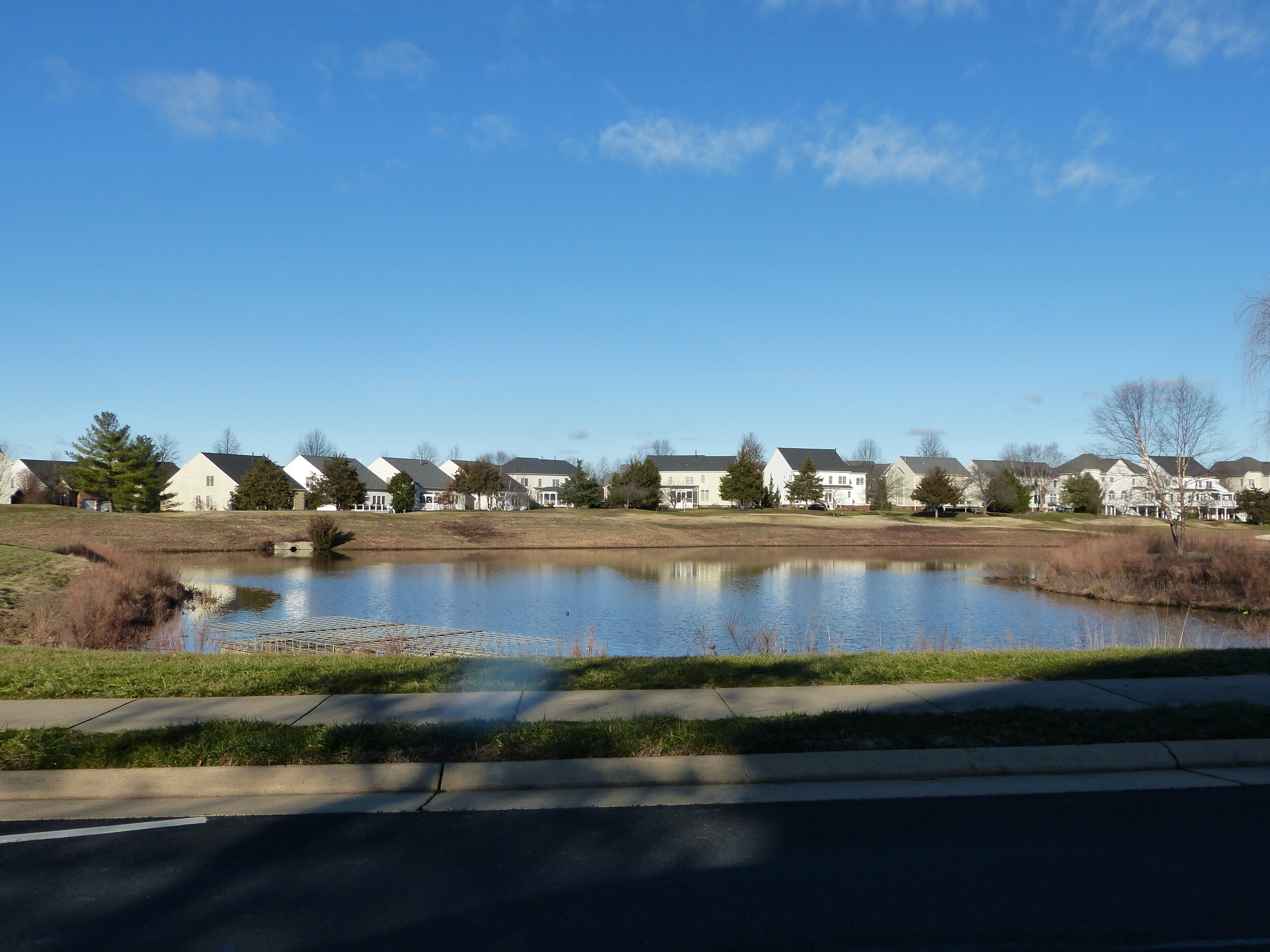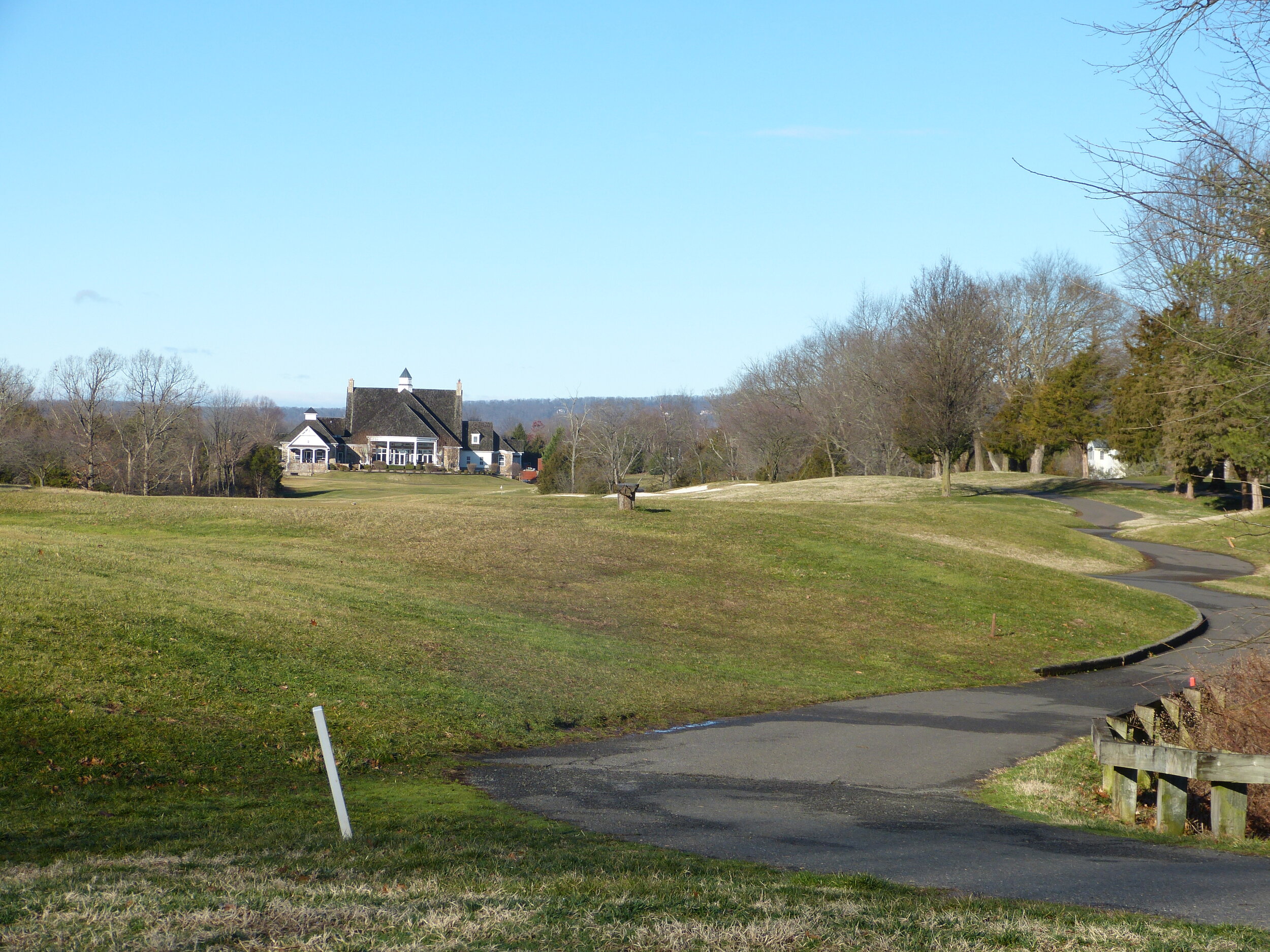Identified by eBird as one of the most species rich hotspots in Prince William county, visiting Possum Point Road at any time of year can produce a number of interesting species. With the single exception of a public trail down to the water, all the land off the road is private so birding is largely limited to walking the road. Fortunately for birders, most of the land near the road is heavily wooded providing good habitat for Orchard and Baltimore Orioles, Scarlet and Summer Tanagers, Yellow-throated Warbler, and Wood Thrush during summer months. There are at least three good spots to view Quantico Creek and some of its inlets, including the marshy areas at the back of the creek and open water at the mouth. Some species such as Tundra Swan, Wood Duck, Gadwall, Northern Pintail, and American Black Duck may be found in the inlets and the marshy area at the back of the creek. On the more open water at the mouth of the creek you can find both scaup, Ring-necked Duck, all three species of Merganser, and maybe even a Common Goldeneye. The few open areas near the road provide good habitat for Yellow-breasted Chat, Blue Grosbeak, and many sparrows including Field, and during migration, Lincoln's.
The first good spot to bird on Possum Point Road is where an unnamed creek crosses the road about 500 feet past the intersection of Summer Duck Drive and Possum Point Road. On the South side of the road there are some very nice thickets as well as plenty of dead snags. This could be a very good spot for Empidonax species, especially Least Flycatcher, as well as Red-headed Woodpecker, and Louisiana Waterthrush during appropriate seasons. On the northside of the road there is an open area that the creek runs through, which could also be good for Willow (migrant and possible breeder) or Alder (migrant) Flycatchers, Lincoln’s Sparrow (migrant), and Warbling Vireo (migrant).
Next, continue down the road for less than half a mile until you reach a pull-off large enough to fit 1-2 cars. The pull-off should be adjacent to 18001. This is the only public land off Possum Point Road. A trail winds away from the pull-off through a small stretch of trees where there is often a flock of Brown-headed Cowbirds and blackbirds during winter and spring. After about 75-100 feet you reach the marsh and Quantico Creek. This is a good location to see Tundra Swan, Northern Pintail, American Black Duck, and possibly some other species of duck, as well as a large flock of gulls roosting on the mudflats during low tide. A tide chart can be found here.
After walking the trail, continue down the road about a mile to where there is a bridge over an inlet. The best spot to pull-off here is in front of a small yellow gate right before the bridge. Depending on the time of year, the inland side of the road can be a good spot to see Hooded Merganser, Wood Duck, Gadwall, Bufflehead, or Solitary Sandpiper on the mudflats at the back of the inlet. Behind the yellow gate, viewable from the road, is a large wooded area where during migration you may find several species of migrant warblers, including Wilson’s, Blue-winged, and Cape May. On the opposite side of the road there can sometimes be rafts of Bay ducks, especially Ruddy Duck, Lesser Scaup, Bufflehead, Ring-necked Duck, and dabblers like Gadwall and Northern Pintail.
About a half-mile farther down there is another, marshier inlet. On the inland side of the road, you can find both Baltimore and Orchard orioles, Warbling Vireo, Great Egret, and White-eyed Vireo. The best place to pull-off here is a small dirt patch just past where the guard-rail ends on the inland side of the road. It is also a good idea to walk the road east as this can be a good spot to see forest birds such as Pine Warbler, Yellow-throated Warbler, Wood Thrush, and many migrant warblers.
The next place to pull-off is less than half a mile up the road where, to your left as you’re headed east, the grassy slope of a dam rises up. Unfortunately, all the land adjacent to the road is owned by Dominion Power so birding is restricted to the road. The mown side of the dam, which is bordered by woodlands, is a good spot to locate some species that are otherwise harder to find at Possum Point, such as Eastern Meadowlark and American Pipit. In the small patch of trees to the left of the dam, and in the forest across the street, you can find Red-breasted Nuthatch, Palm Warbler, Pine Warbler, and Yellow-throated Vireo at certain times of year. A short walk up the road is a powerline cut that can produce Yellow-breasted Chat, Blue Grosbeak, Common Raven, and Orchard Oriole.
Lastly, is the Dominion Power plant at the very end of the road. This is a well-known spot to find Peregrine Falcon, unfortunately the author has always dipped on this bird and cannot give any specific advice on where to find it. Don’t forget to scan Quantico Creek from this vantage point, which could yield Red-breasted or Common Merganser, both Scaup, and other species of diving ducks. This could also be a good spot to find a Scoter, Long-tailed Duck or Red-necked Grebe.
NOTE: This road sees little vehicular traffic other than a few vehicles headed to the power plant. Unfortunately, there will occasionally be construction going on at the power plant resulting in a lot of vehicles, including 18-wheelers, driving on this road. On days like these it is best to pause at the second stop, described above, to scan for waterfowl, and then try your luck somewhere else since it is challenging to hear anything when there is construction work. Some good spots nearby are Leesylvania State Park, Julia Metz Boardwalk, and Occoquan Bay NWR.
eBird Hotspot: Possum Point Road
—Seth Kellogg

